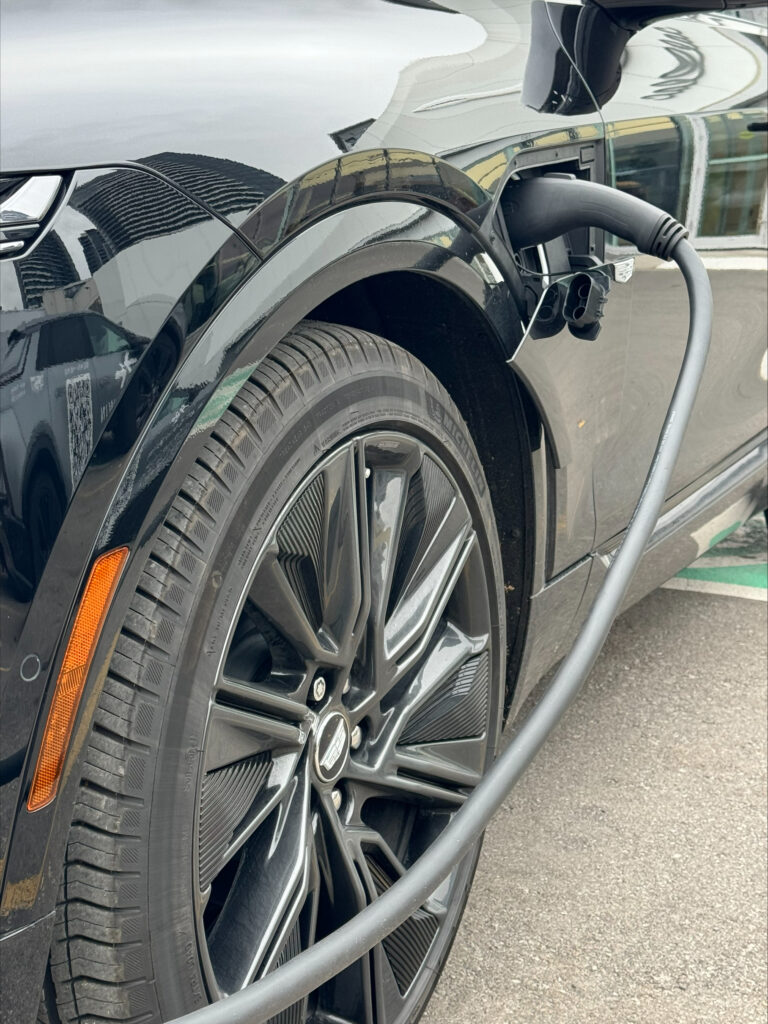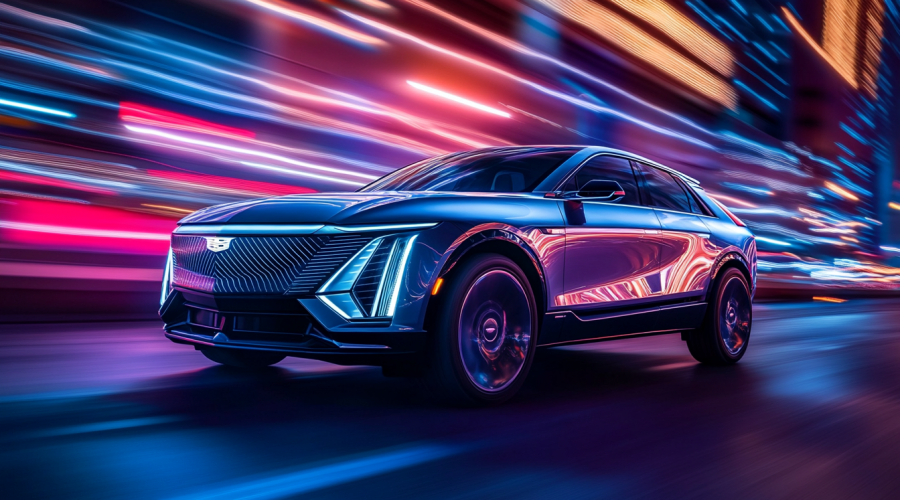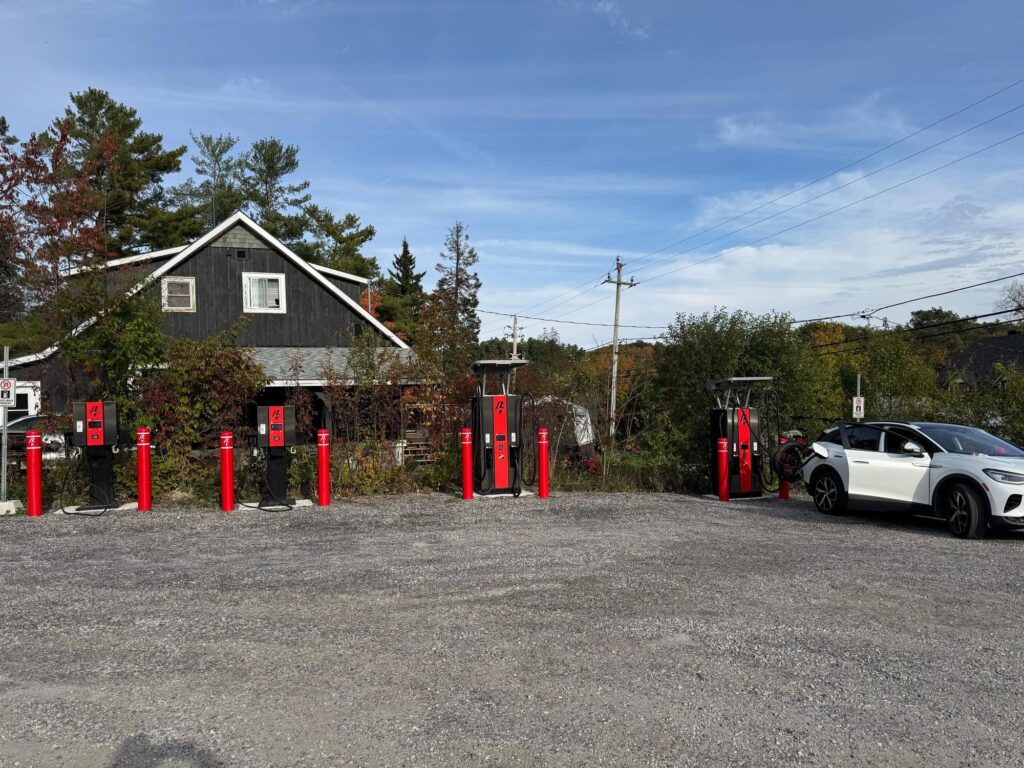I recently drove to Huntsville, Ontario, about two hours north of Toronto, for a few nights in the fully-electric Cadillac LYRIQ. I’ve driven the LYRIQ for some time now, but this was my first extended road trip in an EV.
I left Toronto with 90% charge, which meant the 260 kilometre commute was well within reach (for reference, the LYRIQ has about 500 km range on a full charge). Our place in Huntsville does not yet have a home-charging station, so as a first-time EV long-haul adventurer I became a little preoccupied (read: obsessed) with figuring out where and when and how to charge up out of town.
The MyCadillac app was intuitive and mapped out local chargers. We landed on a DC Fast charger near Main Street in Huntsville. I uploaded credit card payment, plugged in the charger, and by the time my wife and I finished our morning coffee in town (some 25 minutes later) we were back to 95% charge. More than enough juice to get us through the weekend and back home.
When I speak with “EV-curious” customers at our dealerships, the most common concern I hear is around charging. Less and less about battery range, because in the city – between the shorter commutes, home charging and robust public networks – range isn’t the issue.
It’s really charging on the road (and downtime) that people seem concerned about. I can understand this.

A major key to hitting that inflection point for EV adoption will be reducing the “time-to-charge” for drivers on the road. That will happen with faster charging, more charging stations and functioning chargers. Once the average time-to-charge (between finding a station, re-charging and getting back on the road) gets to parity with the typical gas re-fueling experience (15-20 minutes), we are going to see EV sales really start to take off.
James Ricci is President of Roy Foss Automotive Group which operates two of Canada’s largest General Motors dealerships and Foss National Leasing, Canada’s largest privately held fleet management company. James is also a writer, speaker, and panelist in the automotive space and shares insights on how tech is shaping the future of mobility.







